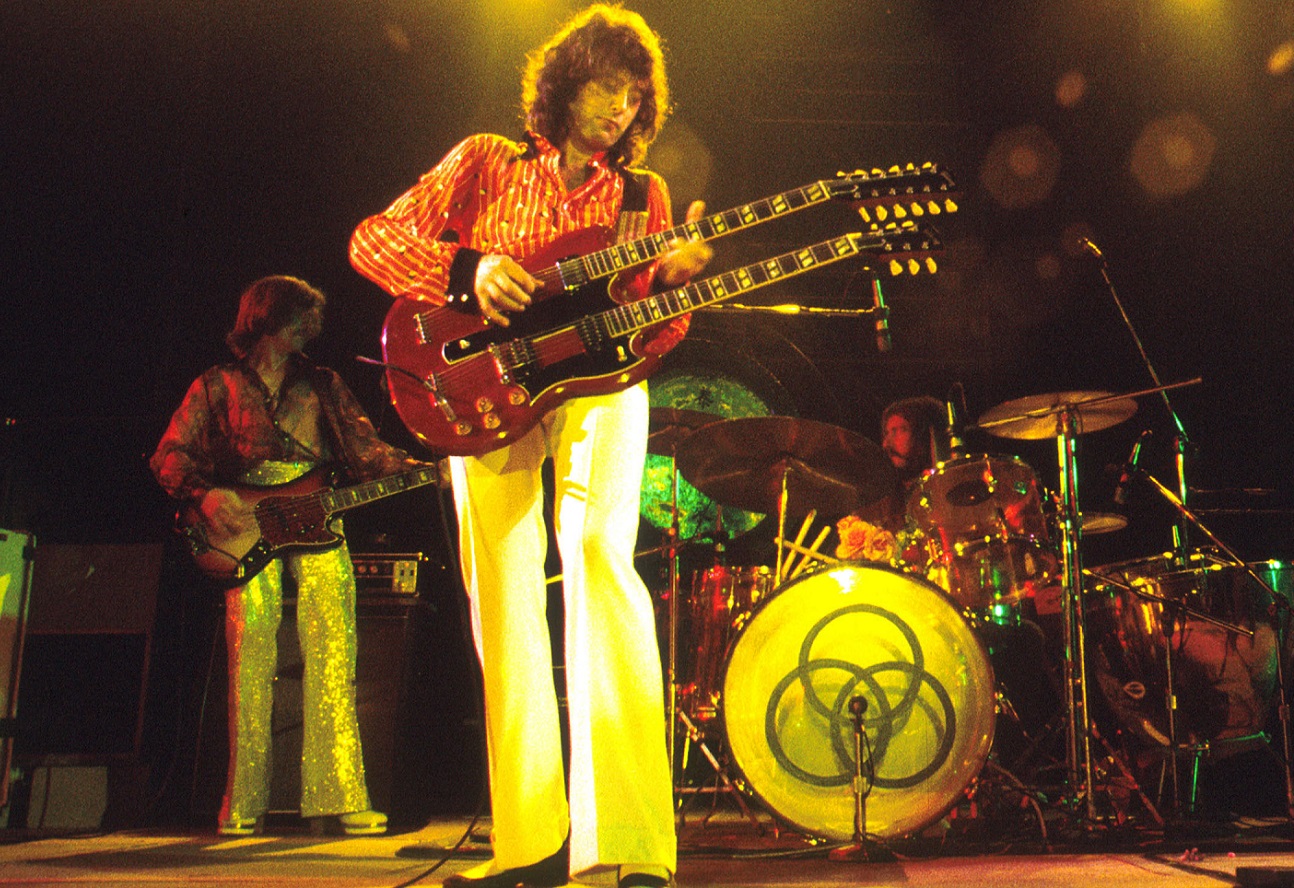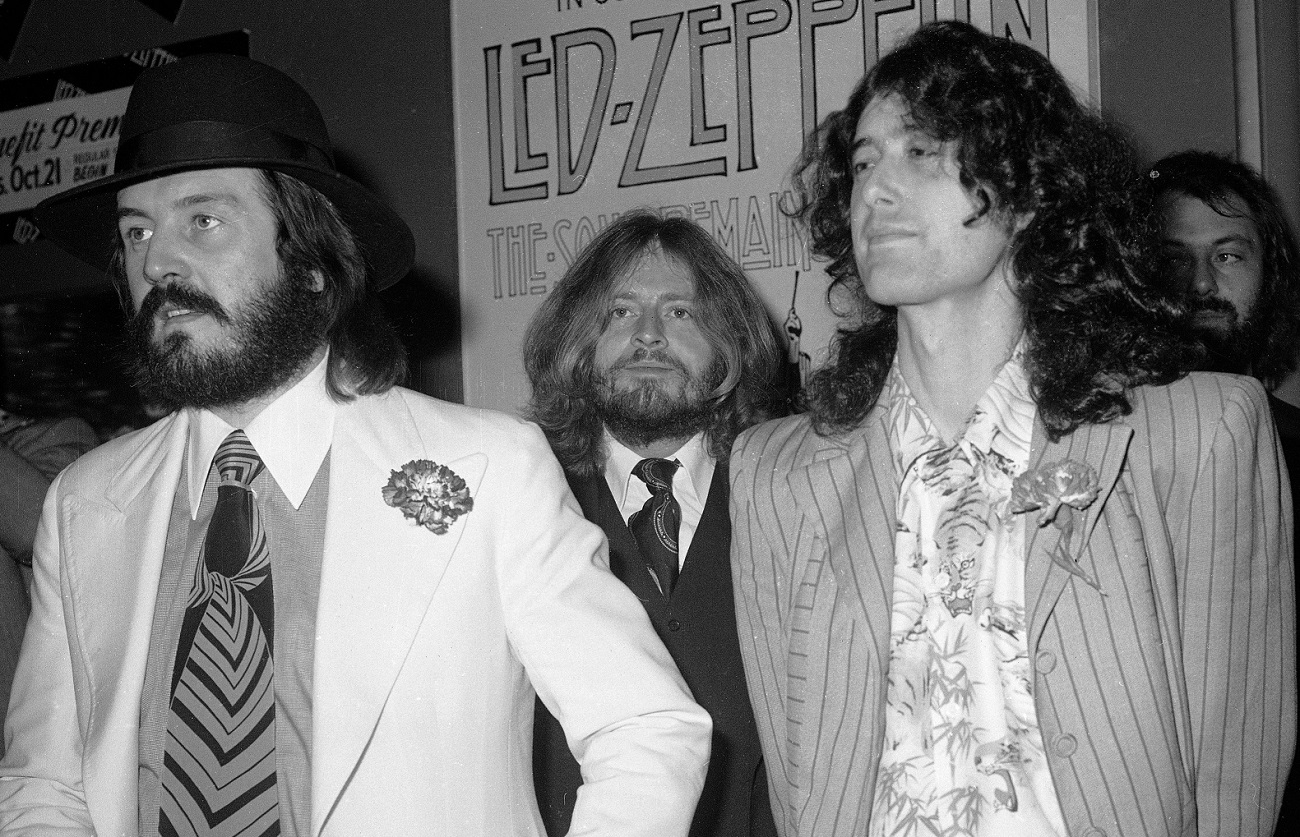The ‘Led Zeppelin II’ Outtake That Pointed the Way to Future Zeppelin Epics
From the very first Led Zeppelin album, you got a sense of the band’s flair for the dramatic. After the pop-metal opener “Good Times Bad Times,” the group shifted directly into “Babe I’m Gonna Leave You,” a fiery reworking of the folk song popularized by Joan Baez. It lasted nearly seven minutes.
More heavy drama followed in “Dazed and Confused” (6:28) and “How Many More Times” (8:27). Though many critics missed the point, Zep was a band that prized working on a grand scale over three-minute pop songs. That came out again with Led Zeppelin II (1969).
To kick off the album, Jimmy Page unveiled one of his most hypnotic riffs on “Whole Lotta Love.” Rather than follow a traditional song structure, Page and the Zep rode this riff through the verses and chorus and mixed in an extended “freakout” for the middle part.
Eventually, the band’s taste for epics would result in well-crafted masterpieces like “Stairway to Heaven” and “Kashmir.” But on an unreleased track from the Led Zeppelin II sessions you could hear the band thinking big.
Led Zeppelin recorded the multi-movement ‘La La’ in spring 1969

What if a heavy band thought in multiple movements but dropped the cheesy pop opera bits The Who deployed? It sounds like the Zep tried to answer that question in “La La,” recorded during the Led Zeppelin II sessions.
After sitting in the vaults for some 45 years, the recording finally went out in a re-release of II in 2014. Over four minutes, “La La” takes listeners on a tour of Page, John Paul Jones, and John Bonham working at the top of their game.
It kicks off with Jones on the organ before Bonham crashes in, with Page following behind him. After the three follow the idea for nearly a minute, Page comes in with an acoustic guitar figure at 0:52. Then he leads the power trio into a heavy section with his electric guitar.
Page treats listeners to an extended solo from there, and he blends electric and acoustic guitars together in the following section. (Tempos keep shifting.) Altogether, it’s a fascinating look at the band’s horde of ideas during one of its most creative periods.
You can hear Led Zeppelin’s identity coming into focus on ‘La La’

If nothing else, “La La” gives listeners a feel for where the Zep was as a band prior to its breakout with Led Zeppelin II. You can hear the influence of Jimi Hendrix in some of Page’s guitar sounds, and you also notice Pete Townshend’s influence on the song structure.
As for the record itself, Page and the band continued developing its proprietary blend of “light and shade” on “Ramble On” and “What Is and What Should Never Be.” On those tracks, Zeppelin lurched ahead of its contemporaries with a sound that music audiences were clearly ready for.
The band kept pushing the envelope with Led Zeppelin III (1970). Though Zep had done acoustic work on its prior albums, the second side of the third LP showed the band could not be pigeonholed. And that set the stage for the band’s blockbuster fourth album.


